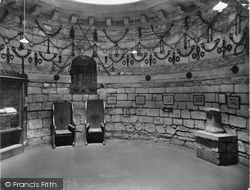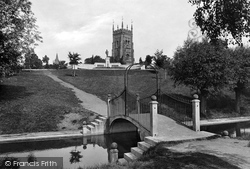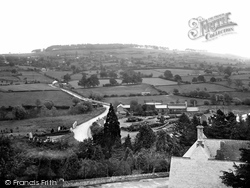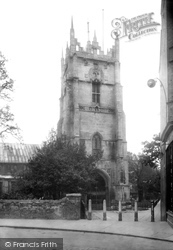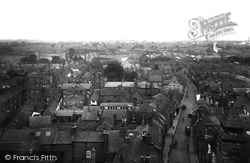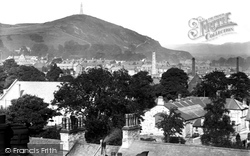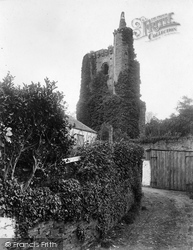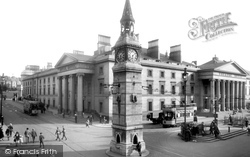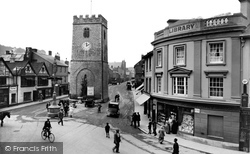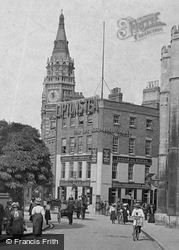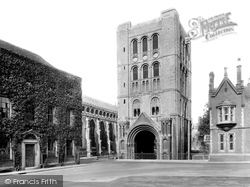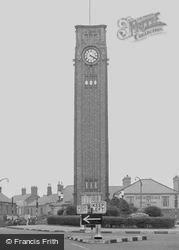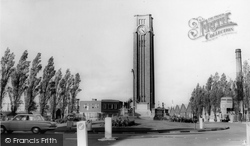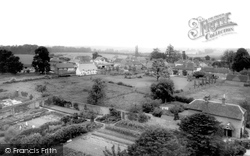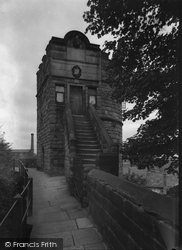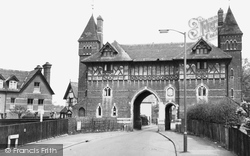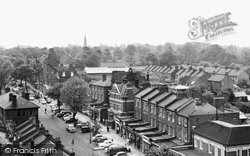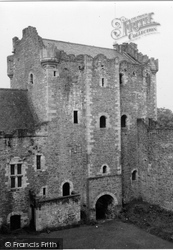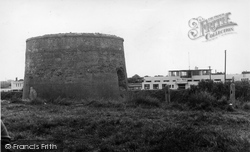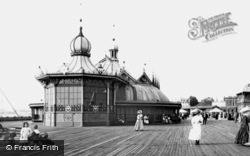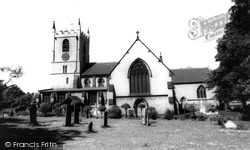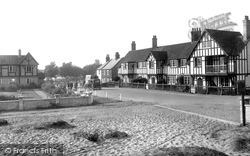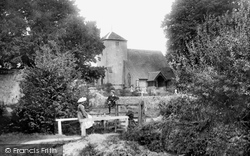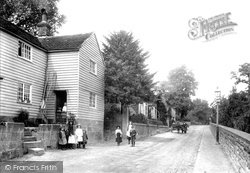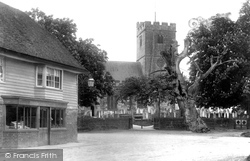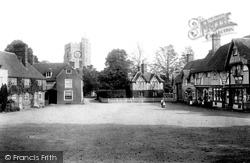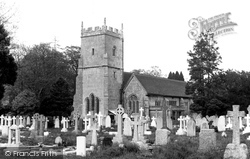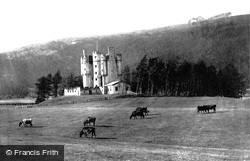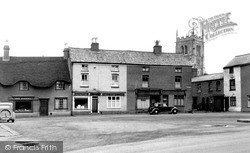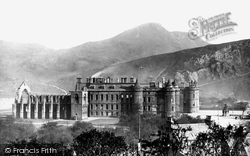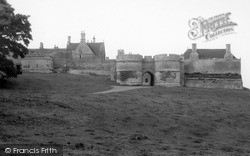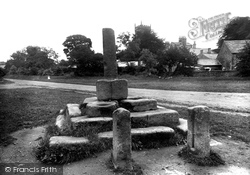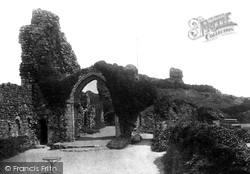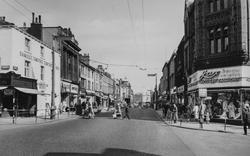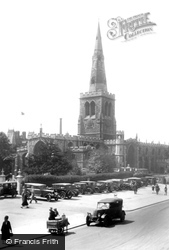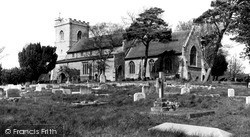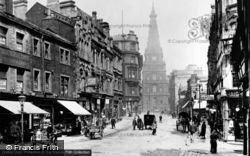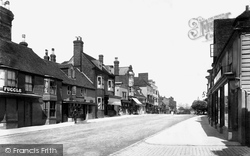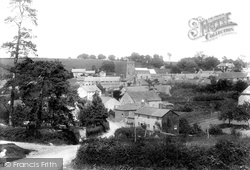Places
36 places found.
Those places high-lighted have photos. All locations may have maps, books and memories.
- Poplar, Middlesex
- Bow, Middlesex
- Bethnal Green, Middlesex
- Stepney, Middlesex
- Alton Towers, Staffordshire
- Isle of Dogs, Middlesex
- Limehouse, Middlesex
- Spitalfields, Middlesex
- Barjarg Tower, Dumfries and Galloway
- Bromley, Middlesex
- Stratford Marsh, Middlesex
- Tower Hill, Merseyside
- Tower Hill, Essex
- St George in the East, Middlesex
- Wapping, Middlesex
- Globe Town, Middlesex
- Old Ford, Middlesex
- Cubitt Town, Middlesex
- Tower Hill, Cheshire
- Tower Hill, Surrey
- Bow Common, Middlesex
- Mile End, Middlesex
- Millwall, Middlesex
- Ratcliff, Middlesex
- Warmley Tower, Avon
- Tower Hill, Hertfordshire
- Tower End, Norfolk
- Tower Hamlets, Kent
- Tower Hill, Devon
- Tower Hill, West Midlands
- Blackwall, Middlesex
- North Woolwich, Middlesex
- Hackney Wick, Middlesex
- Shadwell, Middlesex
- South Bromley, Middlesex
- Tower Hill, Sussex (near Horsham)
Photos
2,720 photos found. Showing results 2,141 to 2,160.
Maps
223 maps found.
Books
1 books found. Showing results 2,569 to 1.
Memories
637 memories found. Showing results 637 to 637.
Captions
3,036 captions found. Showing results 2,569 to 2,592.
On the right of the photograph is the 15th-century God's House Tower, formerly the south-east gate of the old town and one of the earliest artillery fortifications in Europe.
The medieval tower is the oldest part of the church now, but the churchyard is a haven of green in the town centre.
Above the trees is the water tower, disguised as the House in the Clouds. The 65-acre Meare was the first stage of the development. The houses on the left were built between 1911 and 1918.
The church is at the end of a lane off the main street; its 14th-century tower is largely untouched, but the rest was refaced in the 1860s.
Behind is a tall stone-built water tower of 1914.
This 15th-century church built of squared ragstone blocks has a tower 75 feet high standing amid a number of chestnut trees.
Here we see the heart of what many claim is Kent's prettiest village: the tower of its 15th-century flintstone church of St Mary's looks down on this spacious square lined with half-timbered Tudor and
The ten bells in the tower are often tolled.
Late 13th-century work includes the gatehouse to the inner ward and the chapel tower; the barbican and outer ward are later. The castle was slighted by Yorkists during the Wars of The Roses.
This is a five-storey L-plan tower-house built by the Earl of Mar in 1628. It was here in August 1714 that a so-called hunt was assembled by John Erskine, sixth Earl of Mar.
As one of four major thoroughfares leading to the Town Centre, and formerly called Tower Hill, Manchester Street's importance was typified by the presence of many privately-owned shops and businesses and
The 15th-century local granite and limestone church tower of St Peter and St Paul shows above the low rise houses which bound The Green; it was heavily 'restored' in 1872 by F W Ordish.
The building of Holyroodhouse was started in about 1500 by James IV; the work continued under James V, who added a new tower and quadrangle.
Although relatively little of the medieval castle remains, the highlight is undoubtedly the late 13th-century gatehouse with the arched gateway flanked by massive drum towers.
In the background is the church tower, unusual architecturally for this part of Britain. It is thought to have been influenced in style by King Henry VI during his stay in Bolton Hall.
Here the photographer looks past the ruins of the church (the arch is that from the nave into the central tower) towards the stumpy fragment of Henry II's keep.
Rising in the centre, the clock tower of the Town Hall of 1870 is a highly visible symbol of civic pride.
Parts of the Cloth Hall, the clock and bell tower, were re-erected as a shelter in Ravensknowle Park.
After the Hall was demolished in 1904, views opened up of the north side of the church, which is dominated by its tall spire and tower, all Victorian rebuilds of 1868.
Quainton is nowadays noted for its steam railway collection and tower windmill. Its church houses a superb collection of monuments to the 17th- and 18th-century Dormer family.
The Town Hall, in the background of this view, was designed in the Italian style by Sir Charles Barry in 1863, and is famous for its extraordinary-looking clock tower.
The fine medieval church has a magnificent 15th-century tower. The impressively wide High Street shows a variety of architectural styles.
The Town Hall, in the background of this view, was designed in the Italian style by Sir Charles Barry in 1863, and is famous for its extraordinary-looking clock tower.
The church of St John the Baptist, with its Perpendicular tower, stands on a terrace overlooking the village and boasted a peal of six bells, three of which were cast at least a century before the Reformation
Places (38)
Photos (2720)
Memories (637)
Books (1)
Maps (223)


